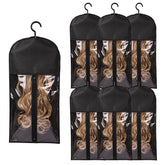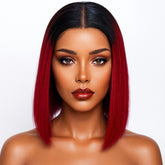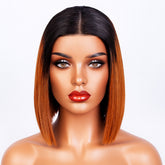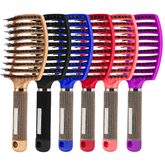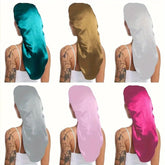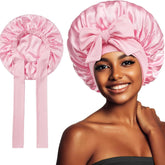Study finds hair shine shapes perceptions of youth and health

A new psychological study has found that the amount of shine on women's hair significantly influences how young and healthy they are perceived to be. Researchers presented participants with digitally altered images that varied in hair shine, alignment and volume, then asked them to rate the women on attributes including age, health and attractiveness. The analysis suggests gloss or surface sheen on hair is an important visual cue that people use when forming quick social judgements.
Study design and key findings
The researchers used a controlled set of photographs in which three visible features of hair were independently manipulated: surface shine (the way light reflects from hair), the alignment or smoothness of individual strands, and overall volume. Participants assessed these images on a range of impression measures. Across conditions, increased shine tended to produce lower estimated age and higher ratings of health.
Effects for alignment and volume were present but less consistent. In some comparisons, straighter, more aligned hair increased perceptions of neatness and grooming, while greater volume sometimes increased attractiveness ratings; however, shine was the most reliable predictor of perceived youthfulness and healthfulness in the images used.
How researchers interpret the results
The paper's authors frame shine as a low-level visual cue that correlates with the physical condition of hair. When hair reflects light smoothly and evenly, it signals an intact cuticle and a uniform surface — properties that are commonly associated with well-maintained, healthy hair. The researchers note that such surface qualities could be taken by observers as indirect indicators of general health and biological condition.
They also emphasise that impressions formed from facial and hair cues are rapid and automatic. In everyday social interaction, observers rarely have explicit information about another person's health, so visual signals such as skin condition, hair quality and body posture become proxies for deeper evaluations.
Practical implications
While the study is primarily psychological, the findings have several practical implications for how appearance is managed and perceived in social and commercial settings. Key takeaways include:
- For researchers: hair surface properties deserve more attention in studies of social perception and attractiveness.
- For stylists and hair-care brands: sheen — distinct from colour or length — may be a meaningful attribute for clients and consumers.
- For employers and policymakers: appearance cues such as hair quality can influence first impressions and could contribute to bias in hiring or social evaluation.
- For the public: awareness that gloss influences perception may help people understand why certain looks receive more favourable judgements.
Limitations and unanswered questions
The authors are careful to note several limitations. The work used digitally altered photographs in a controlled experimental setting, which is necessary for isolating visual features but does not fully replicate the variation and context of real-world encounters. Details such as hair type, cultural differences in aesthetic norms, and the role of movement and lighting in live situations may moderate the effects observed.
Other open questions include whether the same associations hold across diverse ethnic and hair- texture groups, how men and non-binary observers compare in their judgments, and the relative weight of hair shine compared with other cues such as skin tone or hairstyle. The study does not claim that shine is determinative; rather, it identifies shine as a consistent cue within the constraints of the experiment.
Why it matters
Understanding the visual signals that shape social judgements matters because those judgements have real social and economic consequences. First impressions influence hiring decisions, social inclusion and interpersonal trust. When a seemingly superficial attribute such as hair shine affects perceptions of health and age, it underlines how appearance can shape outcomes independently of actual health.
At a scientific level, the finding prompts researchers to broaden the set of facial and non-facial cues they study. Hair has often been treated as background to face-focused work; this study argues for treating hair properties as integral components of social perception. At a societal level, the results are a reminder that aesthetic norms and expectations can amplify bias. Greater public awareness can help moderate snap judgements and encourage policies that reduce appearance-based discrimination.

